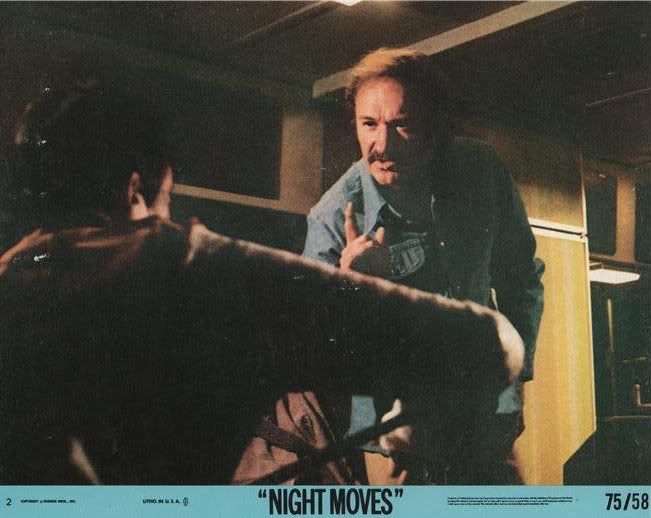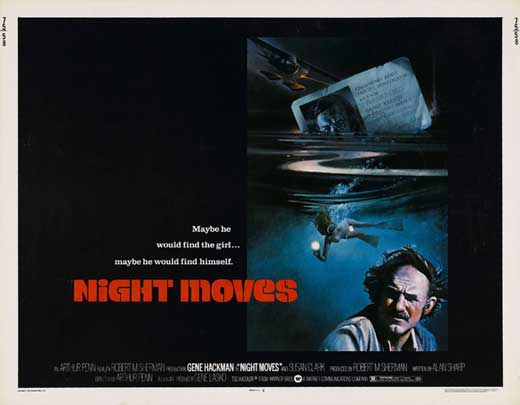I like Todd Sheets.
There, I said it.
His movies in this collection have run from terrible (Nightmare Asylum (1992), Prehistoric Bimbos in Armageddon City (1991)) to slightly less terrible (Zombie Rampage (1989/1991)) but he was trying something - making shot-on-video horror films and distributing them - at a time when such a thing was a baffling undertaking. Yeah, most end up being a waste of time, but there is a "let's put on a show!" energy that I can't help but find inspiring. It's not going to stop me from giving my honest opinion about these films, and warning people away when appropriate, but I try to go into each of his productions with an open mind. Now, The Witching wasn't directed by Todd Sheets - fellow genre stalwarts Matthew Jason Walsh and Eric Black do the directing and writing on this one - but Sheets' fingerprints are all over it. He produced, did the cinematography, was the assistant and second unit director and even appears as a demonic acolyte, and of course this was all filmed in Kansas City and features most of the cast from Sheets' previous productions. Whew. So, we know what to expect here.
Except.. it's not terrible. There are parts that even skirt the line of good! I know, I'm as surprised as you are. The Witching features all of the issues inherent with the format and budget - the video quality is particularly bad on this one - but the comical tone, some really fun writing and (crucially) the short sixty minute running time all help smooth over these rough moments. Black and Walsh put more time than expected into the areas which count, and it pays off.
Stewart Goodman (Auggi Alvarez) can't go to the Blacktooth concert because his parents are forcing him to watch the house (and his senile grandmother) while they go to the theater to see Bonnie Franklin's off-Broadway one-woman version of Evita. Even worse, Stewart's dad is threatening to send him to military school, and he has to spend his time with the supremely irritating Morris (a supremely irritating Mike Hellman). While bumbling around the basement ("Maybe we could run away to canada and become lumberjacks"), Stewart and Morris find a secret room containing a book written by Stewart's witch-hunting ancestor Goodman Benny (ugh) which - for some reason - contains the text to open the portal to Limbo. Limbo just happens to contain the Queen of the Witches Morgana of Oberon who Goodman had prevented from building her Pazuzu Configuration machine that is meant to enslave the world. Or, something like that.
If you're guessing that Stewart reads the text (which, of course, includes "klaatu barada nikto") and unlocks a portal to limbo through his fridge ("There is a hallway in my refrigerator!"), then you would be right. "When mom and day get back from the theater, they're going to see this and shit dead puppies!", says Stewart before the two head into the portal where they encounter Morgana (Veronica Orr, from Prehistoric Bimbos in Armageddon City (1991)), as well as her minions Beast and Sluggo (and Scully the puppet imp). Stewart and Morris put a padlock on the fridge before Stew retreats to his room to attempt to clear his head. There he meets Morgana's step-daughter Bethany of Oberon (Dianne O'Connell, who is AWFUL) who says that in order to finish the Pazuzu Configuration, Morgana needs three items:
- a meat that’s not meat
- a clock that counts the beats of a heart
- three drops of virgin blood
Meanwhile Morris and Grandma are joined by Vietnam Vet/UFO enthusiast/nutball Mr. Flopchek to watch Nude Mud Wrestling USA. That is, until a witch crawls out of the television ("Holy leapfrogging shit!") and terrorizes the group before being killed by a pizza delivery gal who happens to have a gun. Got that? Good. Because it only gets weirder from here on out. Scully the imp steals Mr. Flopchek's hot dog (a meat that's not meat) and Morris gets turned into a frog-creature by one of Morgana's hexes. The morphing effect is actually rather impressive for a no-budget film from 1993, but the make-up is less so.
Grandma seems blissfully unaware of what's going on, and opens the locked refrigerator - leading to her immediate kidnap by Beast. Turns out that she has a pacemaker (a clock that counts the beats of a heart), and soon the rest of the crew - including the pizza gal and Mr. Flopchek - head into the portal to retrieve her. Oh, and Stewart has a fight with Sluggo using only blow-up dolls. And frog-Morris gets kidnapped as well (three drops of virgin blood). The whole crew eventually get captured, but Grandma fights off Morgana, destroying her Pazuzu Configuration machine and saving the day. Stewart falls in love with Bethany, Morris gets a kiss from the pizza delivery woman (which turns him back into the pony-tailed geek he was before), and everyone lives happily ever after.
While owing a debt to the Troma films of the period - not to mention Joe Dante's classic The Burbs - The Witching stands fairly confidently as a wild, often ridiculous mash-up of monster movies, pop culture references and anything else the creators could throw at the screen. Unlike the efforts of Todd Sheets, this one looks rather carefully scripted, and some beautifully weird dialogue helps overcome some (really) weak performances and iffy production values. It doesn't take itself very seriously, but it comes to a lot of its humor legitimately through dialogue and character.
But the film's biggest asset is its short running time, which means that when the plot starts to pour out it doesn't let up until the final few minutes. I often decry low-budget films for stretching a minimum of plot to 60 minutes, but here there's an overdose of plot - and that means while much of what we're seeing is low rent (particularly that explosion at the end), it's very rarely boring.
But the acting is seriously bad. Auggi Alvarez is obviously doing his all to make Stewart a bit whiny and unpleasant, but he goes way overboard and his dialogue is seriously stilted. Morris is meant to be an annoying doofus, so I suppose Mike Hellman should get credit for pulling that off, but it's still a tough character to tolerate. And Veronica Orr, who was the best of a bad bunch in Prehistoric Bimbos in Armageddon City (1991) seems to be acting in a different film entirely. But the bad-acting award goes to Dianne O'Connell as Bethany, who seems to be reading every line off of a slowly moving teleprompter. She also has memorably terrible early 90s hair.
The Witching is presented in its original full-frame, and this transfer seems to have been taken directly from a well-worn videotape. Tracking problems, fuzziness, pixelation.. you name it, this has it. It doesn't help that the final ten minutes take place in a dark cavern, which can make detail particularly difficult to make out. Many of these issues won't be new to those from the VHS generation, but it's still occasionally rather rough going. Similarly, there's an audible hiss in the background throughout the entire film, though dialogue is (mercifully) competently recorded. Aside from a couple of cheesy rock songs at the beginning and end there isn't a lot of background music, and what is here is forgettable.
Hey! It's a film in the Bloody Nightmares collection! And that means no chapter stops, and no special features. Too bad, since this looks like it was a blast to make.
An insane mish-mash of comic horror, The Witching delivers the goods in a very specific, no-budget way. Directors/Writers Eric Black and Matthew Jason Walsh obviously relished the opportunity to let loose with bizarre dialogue, weird creatures and strange set-pieces and while their budget frequently trips them up (the locations and make-up often look straight out of a high school play) there's a sense of energy that is too-often missing from these productions. It's not going to win any awards, and the transfer is consistently frustrating, but for those in the right mood there's a lot of fun here. Todd Sheets, I hardly knew ye.






























